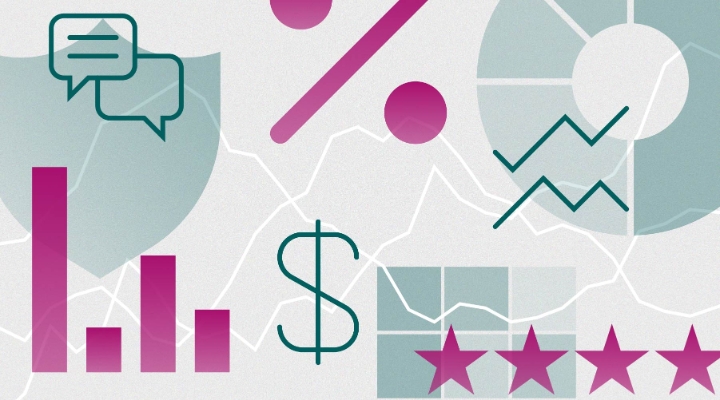
The importance of fund fees can never be overemphasised. They erode returns over the long-term, and worse of all, we have little option but to pay them irrespective of performance.
The growing market for passive investments over the last decade is testament to how investors are increasingly looking for low-cost value investment propositions.
Meanwhile, regulatory changes such as the UK’s Retail Distribution Review (RDR) have also gone in the direction of lowering the overall cost of investing. In particular, the removal of commission payments from fund fees has seen a plethora of new share classes launched, commonly referred to as clean share classes.
Morningstar recently published an analysis of the impact the RDR has had on open-end fund fees against the backdrop of the rise of passive investing. We looked at a sample of funds, both active and passive – inclusive of ETFs – that encompass the most commonly sought market exposures from the viewpoint of a UK retail investor.
We found that on average, fees on active equity funds have dropped by 18% since the introduction of RDR some five years ago, both as a result the introduction of cheaper clean share classes and increased competition versus passive funds. However, the latter have kept their competitive edge and have dropped fees by an average of nearly 30% over the same period.
We found some of the biggest savings for investors in the UK and US large-cap equity categories. These are two areas that are likely to represent a significant allocation in most investors' portfolios—UK for the home bias and US because it’s the largest superpower globally. Our analysis period has coincided with a strong bull market for US equities.
Despite fee compression across the board, the gap between active and passive fund fees remains wide. For example, just looking at clean share classes, retail investors in a UK large-cap active fund would at present pay on average an ongoing charge of 0.75%, compared to just 0.12% for a passive proposition, whether ETF or traditional index-fund, tracking a standard UK large-cap equity benchmark.
How Fees Impact Returns Over Time
To see the effect on fees on returns, let’s assume an initial investment of £10,000 for a period of 10 years. We assume that during this period the UK equity market, as measured by the FTSE 100 index, grows by a 5% per year. For the sake of simplicity, we assume no additional investment over the period. We compute no entry charges or any other kind of purchase commission – for example brokerage fees and bid/offer spreads for ETFs – and account maintenance annual commissions.
At the end of the 10-year period, the value of our initial investment placed in a passive fund charging an annual management fee of 0.12% would be close to £16,100 and we would have paid around just over £190 in fees.
For the average active fund to deliver the same amount, the manager would have to deliver extra returns over those of the index of around 0.67% per year – that is an annual return of 5.67% - but we would have paid close to around £990 in management fees over the 10-year period.
This shows that due to the higher fees they charge, active managers face a higher hurdle to deliver real outperformance right from the start. Indeed, in our scenario, active managers promising returns above the FTSE 100 could claim to have delivered the goods by returning anything between 5.01% and 5.67% per annum. But would have they really? Not when compared to the returns and associated costs of the passive alternative.
While assets have naturally increased significantly in the clean share classes of equity funds since the implementation of the RDR, there remains a substantial amount still invested in the old bundled share classes. Investors in these share classes face an even higher erosion of returns.
For example, the average management fee of a bundle share class in an active UK large-cap equity fund is 1.41%. Anyone invested in these old share classes should have a strong incentive to switch to the cheaper clean share classes.
We cannot control what the markets do, but it is in our hands to control of the cost of our investments to improve the chances of a positive outcome.
A version of this article appeared in Money Observer magazine










.jpg)

















